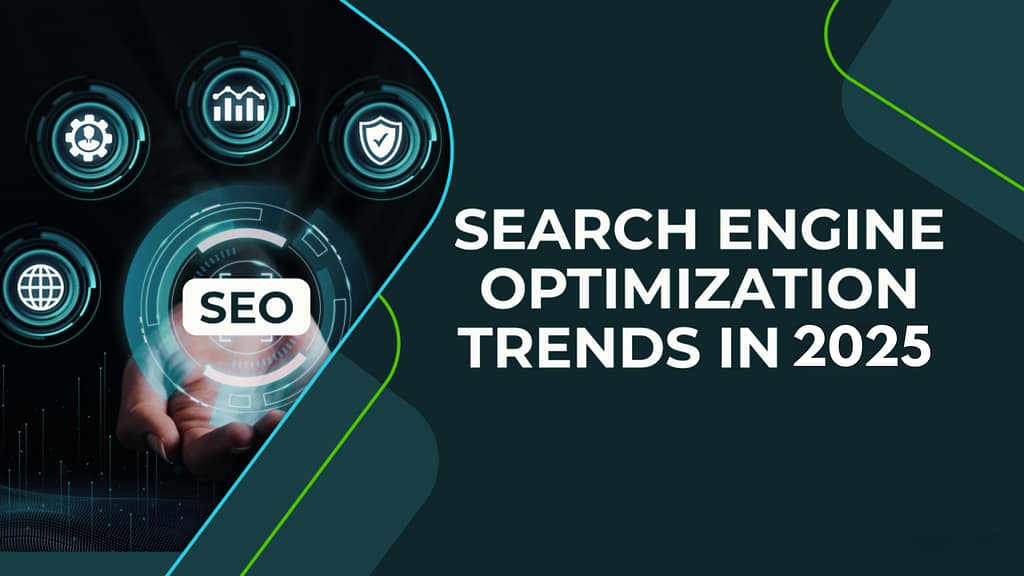How People Near Me Find My Business

Find My Business
For any local business, knowing how people near me find my business is key. Let’s go over some ways that people around you find businesses—and a few tips to help you reach more of them!
1. Using Google and Search Engines to Find Local Businesses
Most people turn to search engines when looking for a business nearby. They type “near me” or add the city name to their search, like “coffee shop near me” or “auto repair in [city name].” To increase your chances of showing up, claim and update your Google Business Profile. Adding accurate information, photos, and even regular posts helps Google match your business to nearby searchers.
2. Social Media Platforms as Local Search Tools
People also use social media to find local businesses, especially on platforms like Instagram and Facebook. By searching for location tags or hashtags, they can find recommendations in their area. Think about using hashtags like “#BestBakeryNearMe” or tagging your business location in posts. This way, people who live near you or are visiting can discover your business.
3. Local Business Directories and Review Sites
Many people trust sites like Yelp, TripAdvisor, and other local directories to find reliable businesses near them. By setting up a profile on these platforms, you increase your visibility for people who are already searching for services in your area. Remember to encourage customers to leave reviews—they help build trust and attract more local business.
4. Word of Mouth and Recommendations from Friends
Even in the digital age, word of mouth is a powerful way to gain local customers. When people hear positive recommendations from friends or see reviews online, they’re more likely to trust your business. You can boost word of mouth by providing excellent service and encouraging happy customers to share their experiences with friends or leave reviews.
5. Running Local Ads to Target Customers Near You
Ads targeted to local areas can make it easy for nearby customers to find your business. Google Ads, Facebook Ads, and even Instagram Ads allow you to reach specific regions or neighborhoods, helping more local people see your business. This way, when people are searching for “local services near me,” your business can appear at the top of their results.
Conclusion
To help more people near you find your business, try combining these approaches. Optimizing your online presence, engaging on social media, and building up reviews can make all the difference in attracting new local customers. Remember, your efforts will pay off as more people nearby get to know your business and trust your services!
How People Near Me Find My Business Read More »









